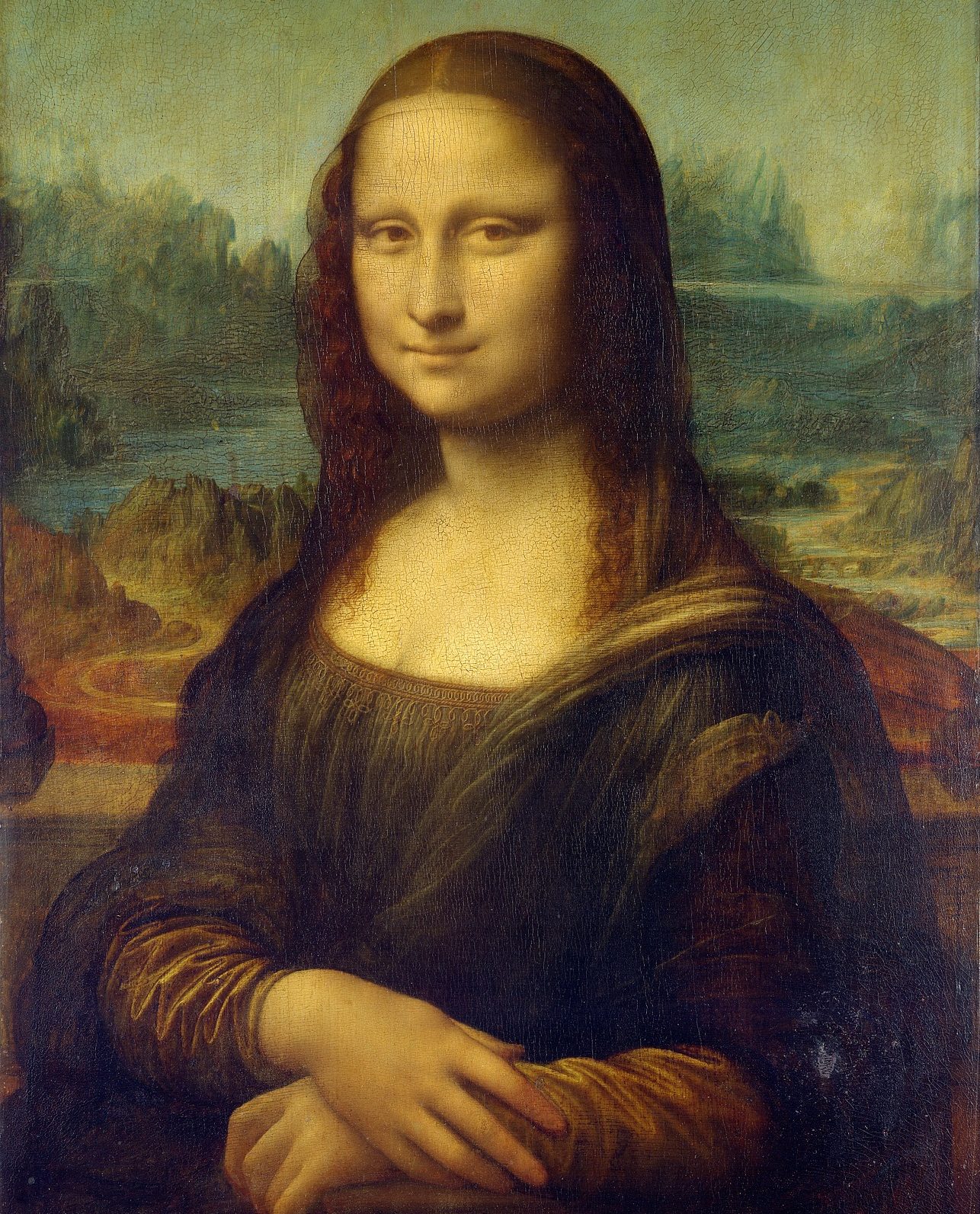What the UK’s updated anti-money laundering rules mean for the art market

For those in the art market currently spending August wondering how best to navigate the opaque waters of UK anti-money laundering (‘AML’) legislation, this year the beach reading is slightly cheerier. Arguably, the scope of those participants in the art market who are regulated for AML is not as wide as once thought, and the statutory obligations to conduct Customer Due Diligence (‘CDD’) are potentially not as onerous as anticipated.
A year ago, my article on anti-money laundering measures in the art market focused on the recent risk assessment published by the government. It then seemed too soon to see the impact of bringing so-called Art Market Participants into the UK-regulated sector for AML, and that the risk of money laundering in the art sector remained ‘high’. This was partly put down to the lack of transparency and complexity of some deals that take place in the sector. Against that backdrop, however, there has been an appreciation by interested parties that the (already helpful) Treasury-approved British Art Market Federation Guidance on Anti-Money Laundering (the ‘BAMF Guidance’) could do with some further clarity to help the sector better comply with their obligations. Now we have it. On 30 June, the updated version of the BAMF Guidance was published. In this article I set out some of my key observations.
First, we now have further detail of who would be classified as an Art Market Participant (and would therefore fall within the scope of the AML regulation). The statutory definition includes a firm or sole practitioner who ‘by way of business trades in, or acts as an intermediary in the sale or purchase of, works of art and the value of the transaction, or a series of linked transactions, amounts to 10,000 euros or more…’ What is meant by those trading in works of art has been fairly clear, but there has been considerable discussion around the meaning of ‘intermediaries’ and whether it would include art-related businesses such as framers and restorers.
In terms of those in the ‘trade’ of works of art, the BAMF Guidance has now formalised the HMRC-stated position that artists selling their own works (whether as an individual or through their own company), and sales made by artists’ estates of the relevant artist’s works, are not intended to be within the scope of the AML regulations. One can understand the policy decision to leave individual artists outside of the scope of the AML legislation due to their lack of resources to focus on regulatory matters, and the low-risk nature of primary art sales. To my mind, however, it seems hard to justify that an artist’s business being carried out on an industrial scale should not have to consider the identity of their buyers and the source of their purchasers’ funds (as any UK gallery selling their works would have to do). An additional clarification in the BAMF Guidance on those in the ‘trade’ of works of art is that we are told that an art rental business might be an Art Market Participant depending on the detail. For example, if the rental agreement amounted to a hire-purchase agreement with ownership passing at the end of a period then that would be tantamount to ‘trade in’ artworks.
In terms of those being ‘intermediaries’ falling within the definition of Art Market Participant, we now have some broad-brush concepts to look to. The BAMF Guidance states that an intermediary ‘would be someone who, by way of business, actively transacts in the sale or purchase of works of art on behalf of a seller or a buyer under whose authority they act’. Therefore, framers, shippers ‘or another person just providing contact information’ who ‘do not actively participate in the purchase/sale of transactions’ are not acting as ‘intermediaries’, and an art agent, gallery, auction house, interior designer or an online sales platform could be acting as an intermediary. Introducers are only intermediaries within the scope of the regulation ‘if they receive a financial value which directly relates to their active participation in the transaction (sale or purchase) of that work of art’. This would seem to include an intermediary who receives part of the sales proceeds as a conduit in a transaction, but would it include an agent who receives payment directly from their own client where that payment is determined by virtue of the purchase price or (in the case of an adviser to a buyer) any discount they have negotiated to the asking price? This is not clear. The BAMF Guidance goes on to acknowledge (albeit in a slightly different context) that there is a ‘spectrum’ of involvement that may be had in a transaction; at one end of which ‘a third party may act solely as an introducer between the customer and the Art Market Participant entering into the transaction neither giving advice nor playing any part in the negotiation or execution of the transaction’. At the other end of the spectrum, the third party is an agent acting under the authority of a buyer or seller. All this seems to suggest that a fact-specific analysis is required in each case to determine if the introducer/agent is actively participating in a transaction. Questions to be asked include whether the third party is receiving a financial value which directly relates to their active participation in the transaction, whether the third party is giving advice on the transaction (and if so to what extent), and whether the third party is playing a part in negotiations or actively concluding the transaction.
All this makes me think about introducers of deals to the big global galleries and auction houses. Up until now it has typically been sensible to treat them as regulated as Art Market Participants even if they did not handle the sale or the sale proceeds (only taking a commission directly from the large gallery or auction house). In my experience it has, to date, been expedient for the introducer in these situations to put in place a ‘Reliance Letter’ in order for the introducer to place reliance on the gallery’s/auction house’s CDD. Now the BAMF Guidance seems to suggest that such an introducer arrangement would not be ‘trade’ in a work of art, and additionally may not make the introducer an ‘intermediary’ (and therefore the introducer may not be a regulated person at all). Each situation would have to be taken on its facts and analysed in the light of the matters raised above. One can only assume that the BAMF Guidance has been left deliberately vague to cater for the vagaries and nuances of some art transactions. Although many may have hoped for more clarity, the additional interpretation provided by the updated Guidance will no doubt be welcome news to the art market.
It is of course hard to legislate in advance for the weird and wonderful ways that some art transactions are structured. Another important area, previously unclear and now somewhat expanded upon, is the question of how far down a chain transaction an Art Market Participant must conduct CDD. The Guidance provides an example of a transaction chain with three Art Market Participants either side of a seller and buyer, which states: ‘Each Art Market Participant must conduct CDD on their customers. Their customers are whoever is paying the Art Market Participant for the art or services in respect of the transaction.’ In the example, this amounts to CDD being required to be conducted on the two counterparties either side of each of the Art Market Participants (in the case of Art Market Participant 1, this is the seller and Art Market Participant 2). It is not completely clear how to reconcile this with the need to apply CDD to an agent customer and their underlying client. There is also a distinction between agents who themselves are regulated and those who are not. Despite these incongruities, this update to the Guidance may be of some assistance to Art Market Participants who participate in multi-party transactions and want to have some comfort that they are doing so in a lawful and compliant manner.
However, throughout all of this, Art Market Participants (and indeed potential Art Market Participants) must keep in mind the need for a risk-based analysis in any AML assessment. (In the example discussed above, if Art Market Participant 1 had heard something about Art Market Participant 3 or the buyer which gave them cause for suspicion or concern, then Art Market Participant 1 would be wise to ask more questions and conduct further CDD). Aside from failing to comply with the UK regulatory regime for AML, which has been in force for the art market since January 2020, it cannot be forgotten that the Proceeds of Crime Act 2002 and certain financial and trade sanctions laws are applicable in the UK regardless of whether the relevant party falls within the regulated sector for AML or not. At a time when it has, perhaps, never been clearer why governments need to restrict the flow of proceeds of crime and the financing of terrorism, I would always urge all those involved in art transactions to fully understand what they are doing and who they are doing it with.
Other notable updates to the BAMF Guidance include the confirmation that a video call with your new client will help you manage the risk of impersonation fraud, and also that overseas dealers dealing in the UK are required to register with HMRC for AML and VAT purposes.
I did promise cheerier news, and I have delivered to a degree. The extent to which the scope for being a regulated ‘intermediary’ has been limited, and the extent to which CDD is now not required on multiple participants in a chain transaction does remain to be seen. However, when galleries throw open their shutters again after the summer, the updated BAMF Guidance will undoubtedly be something of a welcome development for many businesses operating in the UK art market.
This article does not constitute legal advice and should not be relied upon. If you require legal advice in relation to any of the issues raised in this article, then specific legal advice should be sought on a case by case basis.
Article Credit: https://www.apollo-magazine.com/anti-money-laundering-uk-regulations-update/
